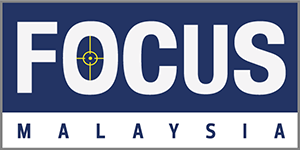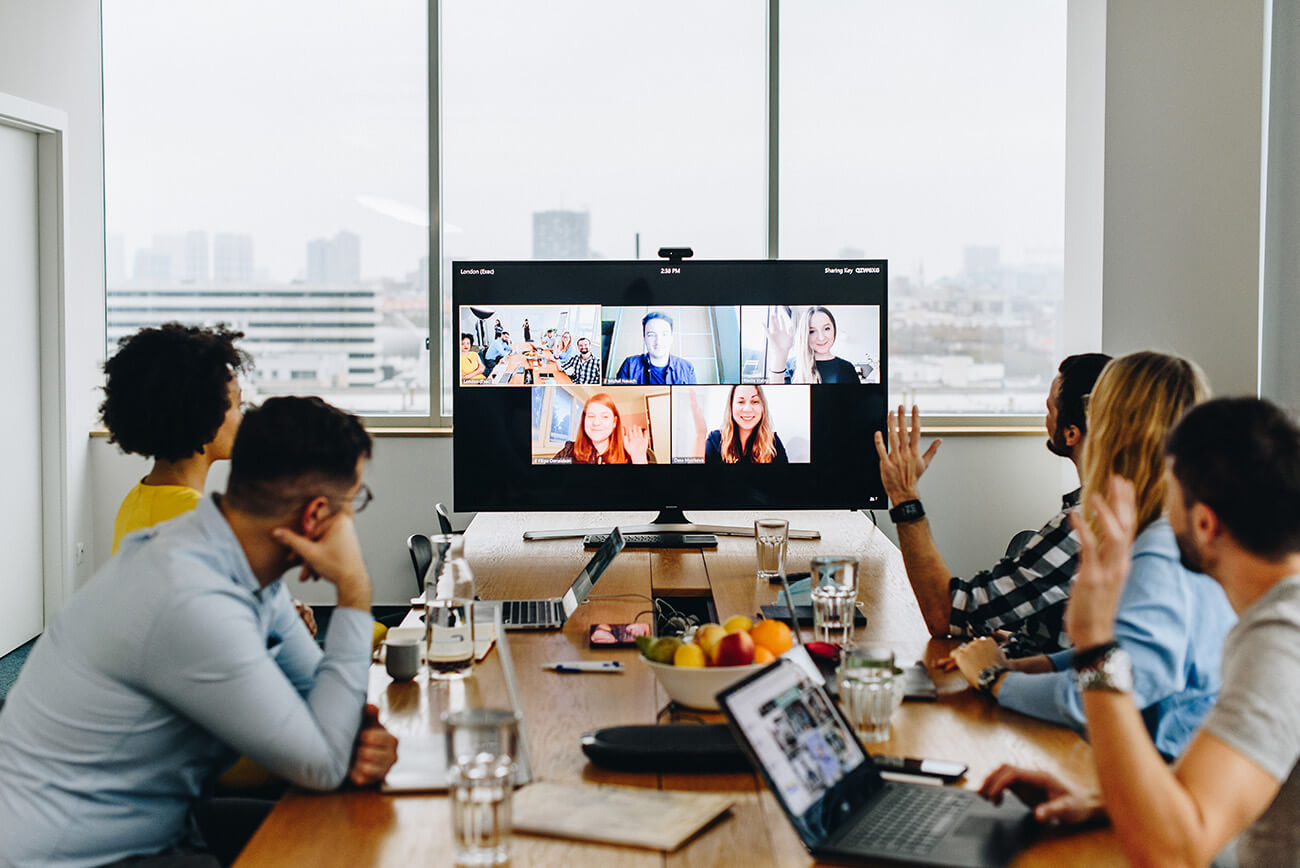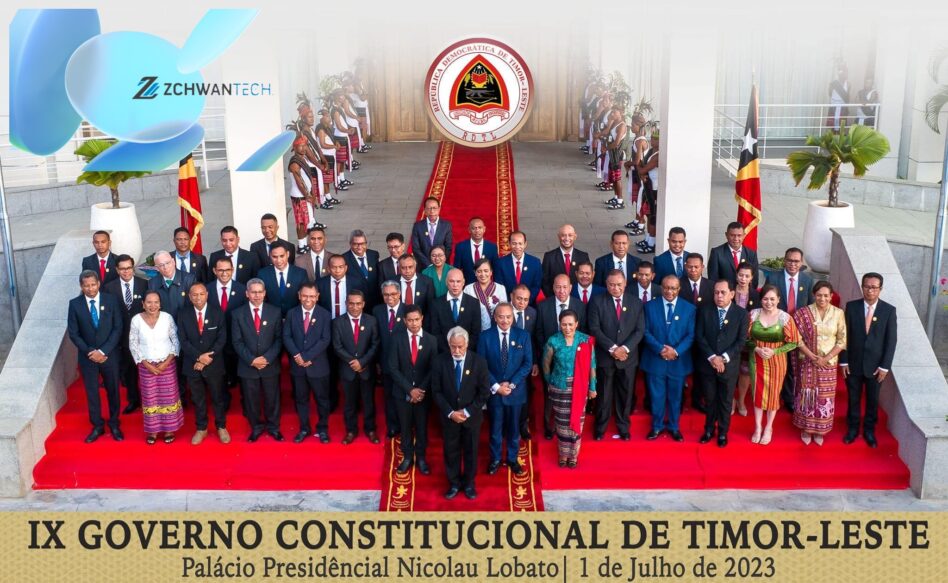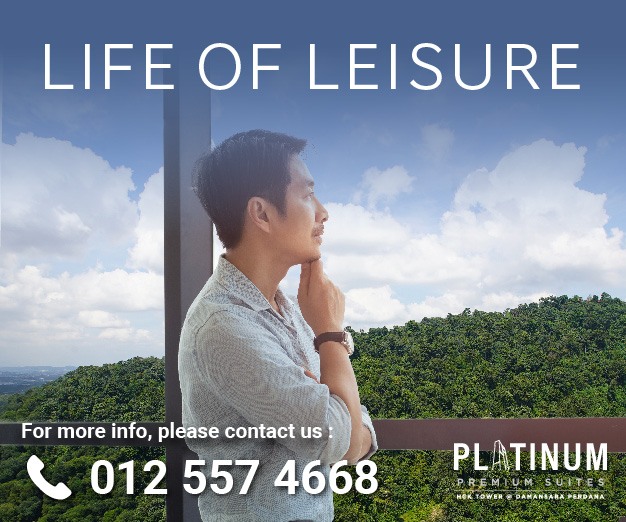EVER heard of meeting equity? If not, don’t worry. You’re not alone. According to our recent Hybrid Ways of Working 2022 Global Report, only 30% of employees globally are familiar with the concept.
Associated primarily with the hybrid style of meeting, meeting equity is, at its core, all about making sure that everyone has an equal share of presence and voice in meetings, no matter where they’re joining from.
It’s about making sure everyone is equitably represented in both the virtual and physical meeting environment.
We’ve seen how fully in-person meetings and fully virtual meetings provide a relatively equitable playing field. In hybrid meetings, however, if there are more people joining remotely than in-person, then the conversation will happen primarily in the virtual space.
Similarly, if the majority is in the room, that’s where the conversation will happen, leaving many remote participants on the sidelines.
In either case, the minority group will be at a disadvantage because they’re situated “outside” of the primary meeting space. This is especially the case when those participants’ physical and virtual work environments are poorly equipped for this kind of meeting style.
To level out the playing field, leaders and IT decision-makers must make two key considerations: visual equity and audio equity. This means making sure everyone can see and be seen, as well as hear and be heard.
In hybrid work, this is an essential part of ensuring equal opportunity for contribution in meetings.
Visual equity: see and be seen
Our research found that 61% of employees say they feel more included and present in meetings when everyone attending has their camera turned on.
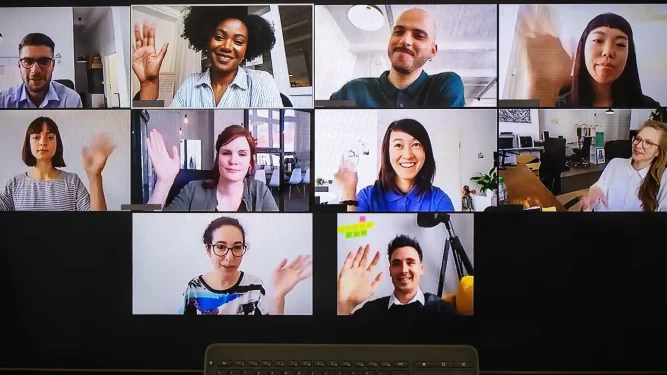
Similarly, 70% say that standardised professional video cameras would help everyone participate equally in hybrid meetings.
So, what do we need to do to ensure this high level of inclusion?
Pixel real estate
One of the ways we’ve been thinking about inclusion in hybrid environments is through pixel real estate. This refers to the amount of screen space an individual takes up in a virtual meeting.
Regardless of whether this meeting is fully virtual or hybrid, our ability to see each person equally effectively translates to our degree of presence in the meeting.
As we continue to integrate unified communications platforms such as Microsoft Teams and Zoom into our daily work activities, leaders and organisations will need to increase their focus on equal-pixel real estate to offer inclusive and flexible work environments.
How video levels the playing field for both in-person and remote participants
For the most part, fully remote virtual meetings provide a relatively equal pixel real estate experience; everyone is joining from their individual video stream, so each is equally represented on screen.
But without the proper video technology for hybrid meetings, both remote and in-person participants can be at a disadvantage.
To solve this, the next-generation collaboration experience now has meeting rooms with full video coverage, which have been individualised and presented in an equitable grid.
With the right intelligent video solutions, cameras are now powerful enough to individualise streams and zoom in on each person present in a room and effectively present them on screen in the same way that remote participants are seen.
Not all meeting platforms are the same
According to Stanford University professor of economics Nicholas Bloom, the number of full work-from-home days will increase from 5% pre-COVID-19 pandemic to 25% in 2023, representing a five-time increase in the market for work-from-home (WFH) technology.

This increase has fast-tracked the development of hardware and software to support a more flexible working style.
One new way that video technology is innovating is by introducing new functions to support greater visual equity.
Microsoft Teams, for example, has introduced Gallery View, which takes a novel approach to present all virtual and in-room participants equitably in meetings. Similarly, Zoom has created Smart Gallery, which leverages in-room video solutions to bring everyone into the virtual environment, no matter where they’re at.
Audio equity: hear and be heard
Just as with visual equity, we all need to be sure we can hear and be heard in hybrid meetings.
In fact, 75% of employees say that audio equity – where all employees use the same standardised and professional audio devices to access their meetings – would improve hybrid meetings so that everyone can participate equally.
In-room audio ensures equal share of voice
While professional headsets boost the incoming and outgoing audio of participants joining virtual and hybrid meetings remotely, the meeting experience is greatly impaired if in-room meeting participants are poorly equipped.
In the meeting room, employees rely on the capabilities of speakerphone audio solutions to provide a high-quality incoming and outgoing audio experience. With this comes its own set of challenges.
For example, the voice of those sitting too far from the speakerphone often comes through at a very low volume, while the voice of those sitting very close can be heard crystal clear. This gives preferential clarity of voice to those sitting close to the microphone.
However, the answer to this issue is not to crowd around one end of the table. Rather, it’s to equip rooms with professional audio technology that accounts for this disparity in voice pickup and adjusts to ensure that all voices are transmitted at the same volume regardless of how loudly or quietly an individual speaks.
Meeting equity equilibrium with the right tools
Meeting equity can certainly find its equilibrium once IT decision-makers invest in the right tools to enable both their hybrid and in-person workers to work together effectively.
One sure-fire way of doing so is by investing in good professional devices to empower their workforce to see and be seen and to hear and to be heard on an equal playing field. – Oct 16, 2022
Agnes Koh is the product marketing manager for ASEAN at Jabra, a leader in engineering communications and sound solutions.
The views expressed are solely of the author and do not necessarily reflect those of Focus Malaysia.
